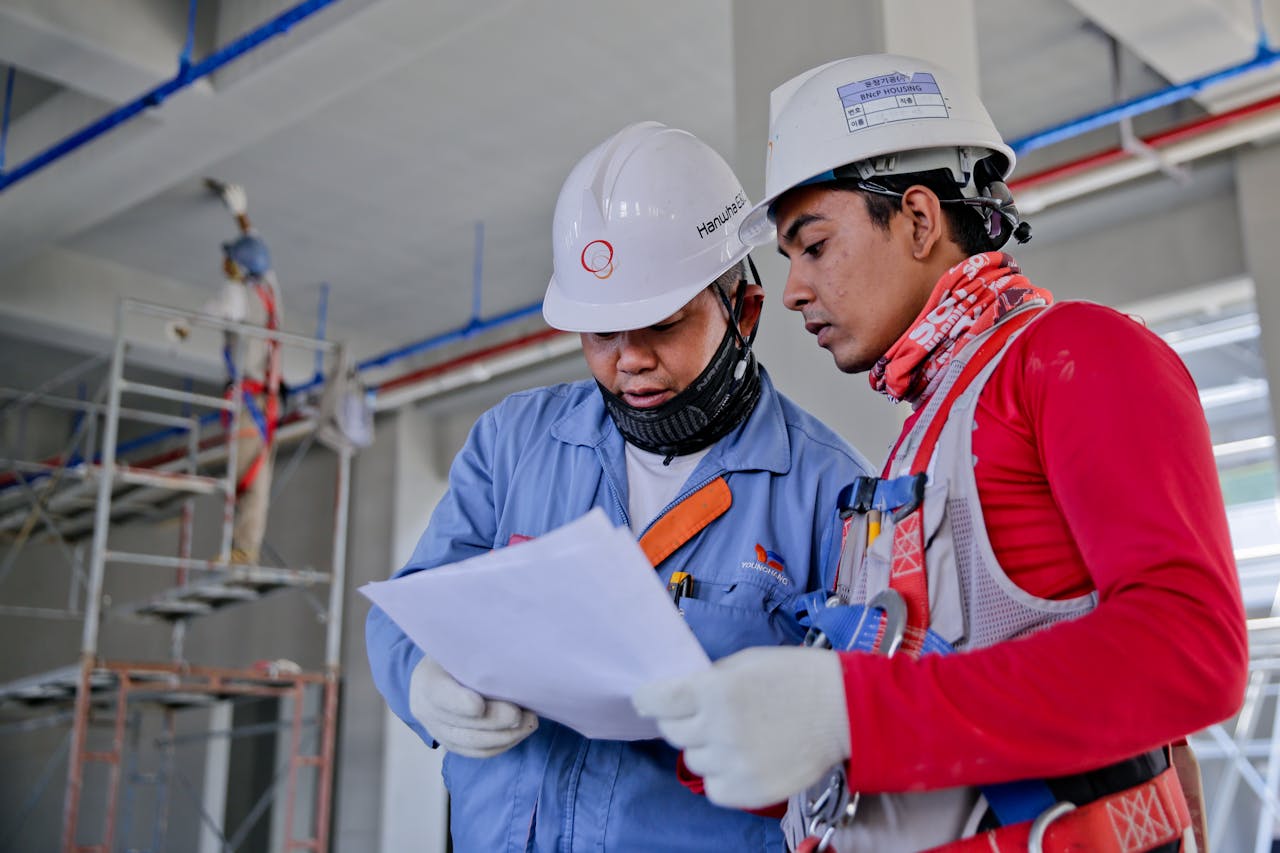
Safety gear and personal protective equipment, also known as PPE, play a crucial role in ensuring workers are protected when working in dangerous industries like construction, manufacturing, healthcare, and mining – amongst others. Prolonging the lifespan of your PPE and workwear ensures ongoing protection and provides correct instructions to your staff, which can help reduce costs for businesses purchasing the safety gear. With proper care and maintenance, usability can be significantly extended. Here, we’re sharing our top tips for ensuring your safety gear stays in top condition for as long as possible.
Follow The Manufacturer’s Guidelines
This may seem like a basic step but it is one that is often overlooked. Every piece of safety equipment will come with guidelines that explain how they should be used, cared for, and maintained over the long term. These guidelines include important details about how equipment should be properly inspected and how to clean them properly to help improve the gear’s lifespan. Ignoring these instructions can lead to premature wear and tear, reducing the gear’s effectiveness. Whether it’s hard hats, gloves, or respiratory protection, always ensure you follow the manufacturer’s guidelines.
Regular Cleaning
Dust, dirt, chemicals, and sweat can all degrade PPE over time, particularly if exposure to these elements is prolonged and often. Regularly cleaning your PPE and workwear will help to ensure any contaminants that you may have come into contact with are safely removed, ensuring that the materials remain strong and gear stays effective. Different types of workwear and PPE equipment will require different cleaning schedules, so going back to step one, refer to the manufacturer’s guidelines for the best ways to properly care for your equipment.
Proper Storage
Keep your PPE away from direct sunlight and extreme temperatures, as this could compromise the integrity of your equipment. Exposure to chemicals can also cause irreversible damage. For gloves and boots, ensure that they are stored in a well-ventilated and dry place to prevent mould growth, and avoid folding or crushing the items, as this could cause additional wear to the materials. Hard hats should be kept out of direct sunlight as UV rays can weaken the plastic over time, and they should be hung up or stored on a flat surface. Respirators and masks should be kept in a dust-free, sealed container when not in use to prevent exposure to airborne contaminants. As you can see, properly storing your PPE is vital to long-term protection.
Replace Your PPE When Necessary
A common mistake for individuals who use PPE and even for businesses supplying it, is not replacing it as often as they should be. Eventually, PPE will reach the end of its lifespan, regardless of how well it’s looked after. Equipment can show numerous signs of wear and tear and other forms of damage. If this is significant, it’s a sure sign for a replacement. Manufacturers can also recommend replacements on a set schedule – for example, hard hats should be replaced every two to five years, and gloves should be replaced at the first sign of thinning or tears.
Conclusion
Extending the lifespan of your safety gear and PPE is not just a matter of reducing costs – it’s imperative to maintain a safe working environment, no matter the industry. By properly understanding and following manufacturer guidelines, cleaning and storing the equipment correctly, and replacing when necessary, you can ensure that your workwear and PPE continue to offer the protection that you may need, whether you’re on-site or in a hospital.
